If you’ve ever been intrigued by a chilling mystery, you’re not alone. Nature often provides us with enigmas that even the sharpest minds struggle to decipher. Among these are the puzzling cases of animal deaths that continue to baffle scientists worldwide. Whether it’s a mass die-off in a remote part of the ocean or a solitary beast found mysteriously deceased, these stories captivate and mystify us, offering more questions than answers.
1. The Sardine Apocalypse
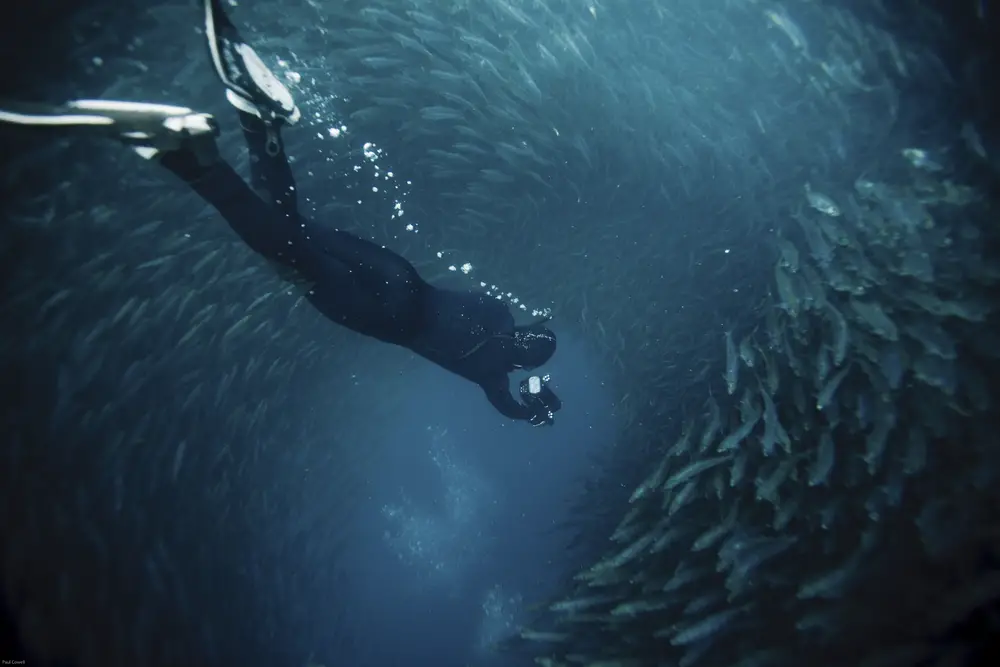
In 2011, tens of thousands of sardines mysteriously turned up dead in the King Harbor Marina in Redondo Beach, California. The sheer volume of fish was overwhelming, creating a thick mat on the water’s surface and a stench that lingered for days. According to the Los Angeles Times, initial investigations suggested a lack of oxygen in the water was to blame. However, the rapid and concentrated nature of the die-off sparked debates among marine biologists, leading some to speculate about toxic algal blooms or sudden temperature changes.
Yet, none of these theories have been conclusively proven, leaving the incident shrouded in mystery. The mass death of these sardines not only disrupted the local ecosystem but also left scientists puzzled. With no clear answers, the true cause remains a subject of fascination and speculation. Was it a natural phenomenon or something more sinister? To this day, the sardine apocalypse stands as a stark reminder of the ocean’s unpredictable nature.
2. The Saiga Antelope Tragedy
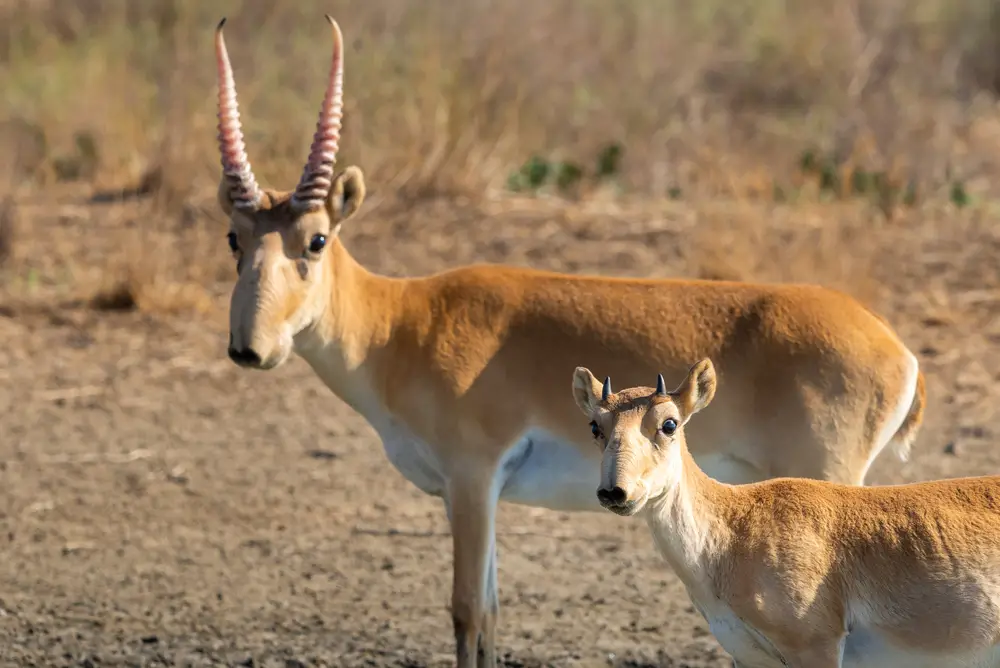
The Year 2015 marked a heartbreaking period for the saiga antelope, as over 200,000 of these majestic creatures perished across the steppes of Kazakhstan. This staggering loss represented a significant percentage of the entire global population. According to a report from BBC News, scientists initially speculated that a sudden outbreak of Pasteurella bacteria was responsible. However, the speed and scale of the die-off left many questions unanswered, as the bacteria typically doesn’t cause such widespread fatalities.
Adding to the mystery, the saiga antelope population had been thriving before this catastrophe struck. Researchers were left to ponder if environmental factors, such as unusually wet conditions, could have exacerbated the outbreak. Yet, despite extensive studies, no definitive cause has been pinpointed. This tragic event continues to haunt conservationists who fear another unexplained die-off could push the species closer to extinction. The saiga antelope tragedy remains one of the most bewildering mysteries in wildlife ecology.
3. The Whales of the North Sea
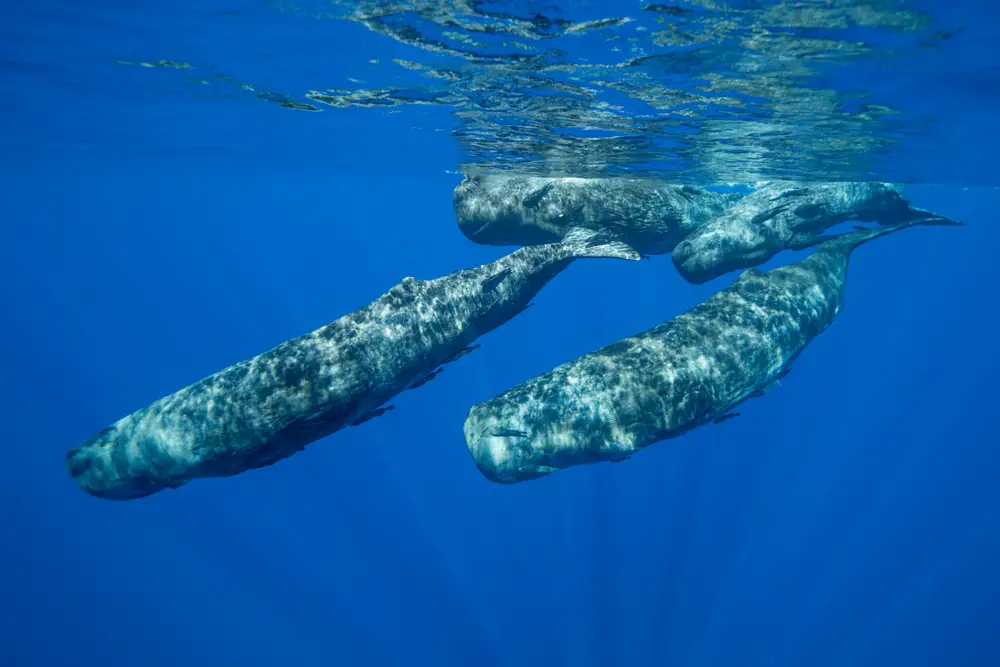
In 2016, a shocking discovery was made along the coasts of the North Sea: 29 sperm whales were found dead, stranded in various locations across Germany, the Netherlands, and the UK. The sight of these massive creatures, lifeless on the shores, sparked a wave of concern and curiosity. As National Geographic reports, while some scientists have suggested navigational errors due to solar storms, others believe rising sea temperatures could have played a role. Yet, these theories remain speculative at best.
The question remains: why were these whales found in such shallow waters, far from their deep-sea hunting grounds? Their bellies were full of squid, indicating that they were well-fed before their untimely deaths. Efforts to solve this mystery have been ongoing, with researchers analyzing everything from ocean currents to magnetic field anomalies. Despite these efforts, the true cause of this mass stranding remains elusive. The event serves as a haunting reminder of how little we truly understand about these magnificent creatures and their habitats.
4. The Canine Poisoning Epidemic

In Norway during the summer of 2019, an alarming number of dogs fell ill and died within a matter of days. The symptoms were sudden and severe, with the animals experiencing vomiting and bloody diarrhea. Pet owners were left in a state of panic as the death toll rose, and veterinarians scrambled to determine the cause. Despite exhaustive testing for pathogens and toxins, no definitive culprit could be identified, leaving the nation in suspense.
What made this incident even more perplexing was the scattered geographic distribution, with cases appearing sporadically in different parts of the country. Officials considered everything from bacterial infections to environmental poisons but reached no consensus. The mystery deepened further as the cases suddenly stopped as quickly as they had begun. To this day, the Norwegian canine poisoning epidemic remains unsolved, leaving pet owners and scientists alike without closure.
5. The Songbird Slump

Across the United States in 2020, birdwatchers and ornithologists began noticing a disturbing trend: songbirds were mysteriously dying in large numbers. This phenomenon mainly affected migratory species, with entire flocks being found lifeless. The exact cause was hard to pinpoint, and theories ranged from starvation due to disrupted food supplies to exposure to toxic pesticides. However, despite extensive research, no single factor has been conclusively identified as the cause.
The situation was particularly dire in the southwestern states, where reports of dead birds increased dramatically. Initial necropsies revealed that many of the birds were emaciated, suggesting they had been unable to find adequate food. Yet, this did not explain the sudden and widespread nature of the deaths. While some birds have recovered, the mystery of the songbird slump continues to perplex scientists, leaving them searching for answers to prevent future occurrences.
6. The Horses of Australia

In 2011, a remote community in New South Wales, Australia, was rocked by the sudden death of over 50 wild horses. The animals were found near a waterhole, with no apparent signs of trauma or struggle, leaving the local population bewildered. Initial investigations suggested the possibility of toxic water or contaminated feed, yet tests for common poisons turned up negative. The mystery deepened as the horses appeared healthy and well-nourished before their demise.
With the local ecosystem already fragile, the loss of these horses was a significant blow. Scientists considered the possibility of a natural toxin, perhaps from a rare plant, but no conclusive evidence was found. Despite the passage of time, the cause of this tragic event remains unknown. The horses of Australia serve as a somber reminder of the mysteries that still lurk in the natural world, waiting to be unraveled by science.
7. The Frogs of Panama
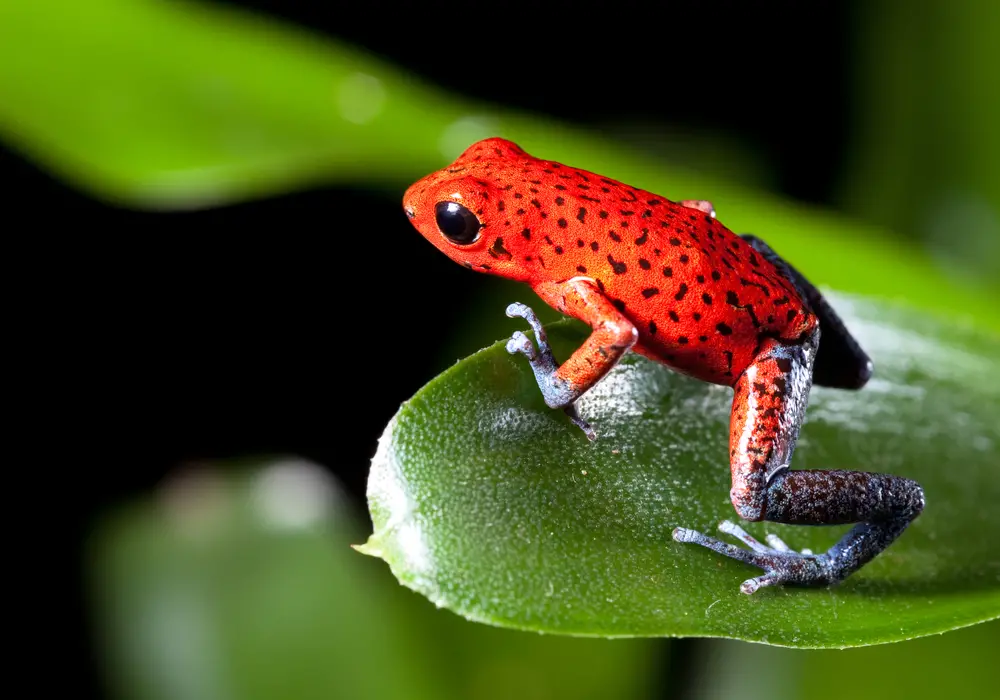
The rainforests of Panama have long been a haven for diverse amphibian species, but in the early 2000s, a mysterious die-off began to decimate frog populations. Entire species vanished almost overnight, leaving researchers scrambling to understand what was happening. The leading suspect was the chytrid fungus, known to cause fatal skin infections in frogs, but its sudden and widespread impact was unexpected. Despite extensive research, questions linger about how the fungus spread so rapidly and what environmental factors may have contributed.
The loss of these frogs had cascading effects on the local ecosystem, disrupting food chains and altering habitats. Conservationists have been working tirelessly to breed and reintroduce these species in hopes of restoring balance. However, the mystery of the frog die-off continues to challenge scientists, highlighting the complexity of ecological interactions. This case serves as a poignant example of how a single factor can tip the scales of an entire ecosystem.
8. The Dolphin Deaths of the Gulf

In 2019, a wave of dolphin deaths hit the Gulf of Mexico, with bodies washing up on shores from Mississippi to Louisiana. The alarming number of fatalities triggered an investigation by marine biologists and environmental agencies. While the aftermath of the Deepwater Horizon oil spill was initially considered, the time elapsed since the disaster left room for doubt. The dolphins showed signs of trauma and infection, yet no single cause was identified.
The mystery deepened as the deaths continued, with no apparent pattern or explanation. Researchers have since proposed theories ranging from environmental toxins to viral outbreaks, but definitive answers remain elusive. The dolphin deaths of the Gulf serve as a stark reminder of the fragility of marine life and the challenges of protecting it. As scientists continue their work, the hope remains that uncovering the truth will lead to better conservation efforts and prevent future tragedies.
9. The Elephant Enigma
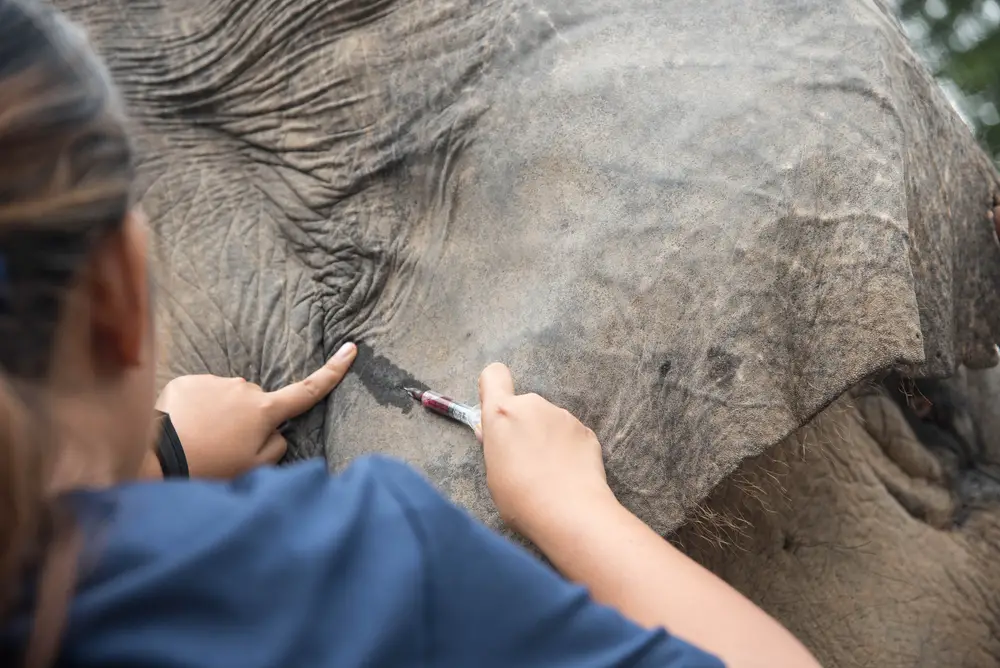
In 2020, the world was stunned by reports of hundreds of elephants dying mysteriously in Botswana’s Okavango Delta. The sight of these majestic creatures lying lifeless on the plains was both heart-wrenching and baffling. Initial tests ruled out poaching and anthrax, leading to suspicions of a natural toxin or a novel disease. As researchers delved deeper, they found no conclusive evidence to explain the sudden die-off, further complicating the situation.
The deaths sparked international concern, highlighting the vulnerability of elephants and the need for robust conservation strategies. The local ecosystem, heavily reliant on these keystone animals, faced immense disruption. Despite global collaboration and significant resources devoted to solving the mystery, the cause remains unknown. The elephant enigma continues to captivate and challenge scientists, urging them to unravel the secrets hidden in the vast expanse of the African savanna.
10. The Bees of America
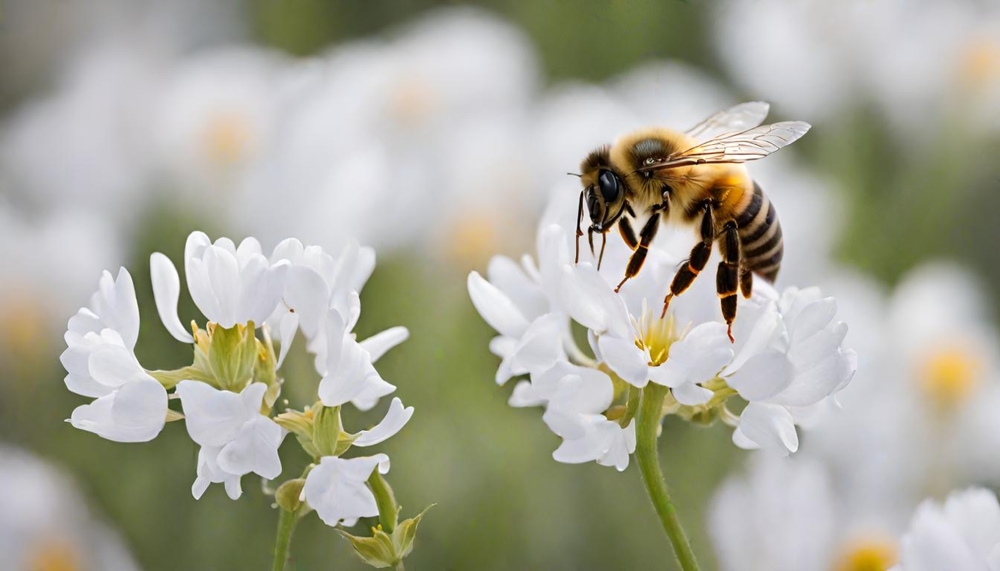
The decline of bee populations in the United States has been a growing concern for years, but the sudden disappearance of entire colonies remains a perplexing issue. Known as Colony Collapse Disorder (CCD), this phenomenon has left scientists searching for answers as to why bees abandon their hives, leaving behind queens and immature bees. Various factors have been considered, including pesticides, habitat loss, and disease, yet a definitive cause has yet to be established.
The implications of this mystery are profound, as bees play a crucial role in pollinating crops and maintaining biodiversity. The loss of these vital pollinators could have severe consequences for food production and ecosystem health. Researchers continue to investigate potential causes, applying cutting-edge technology and collaborative efforts to solve the puzzle. Until the mystery of the bees is unraveled, the future of agriculture and natural ecosystems hangs in the balance, highlighting the urgent need for solutions.
